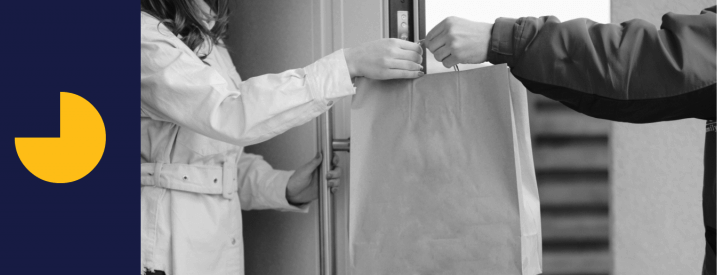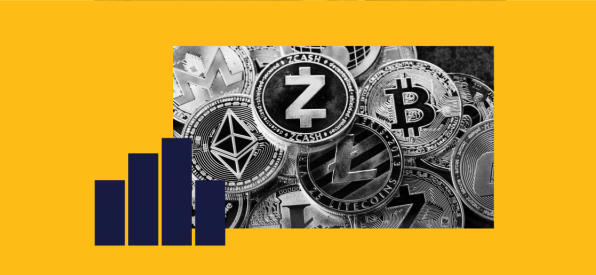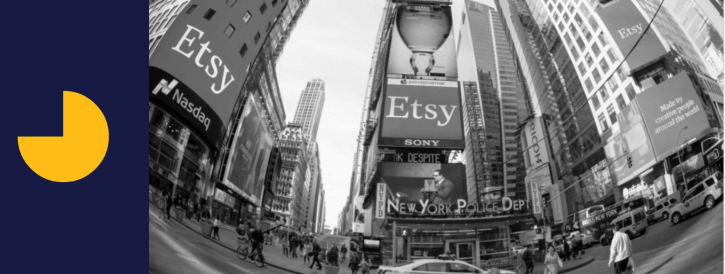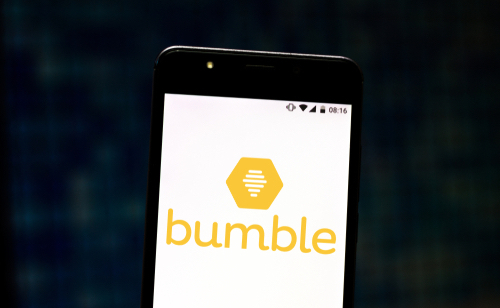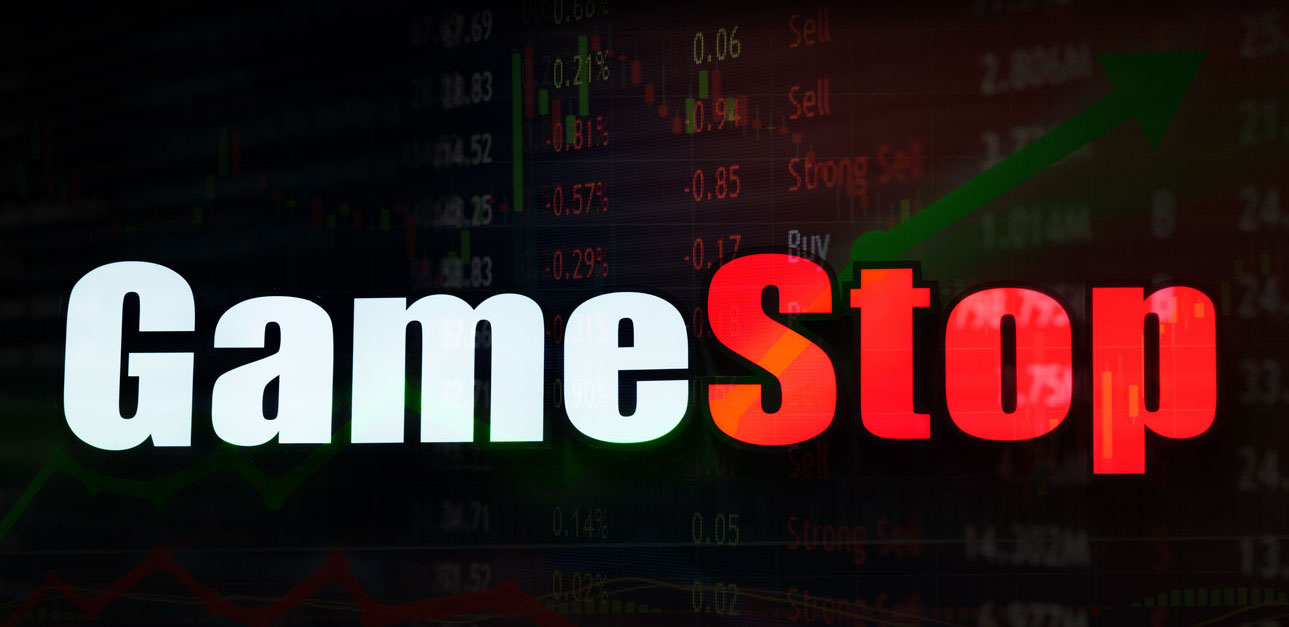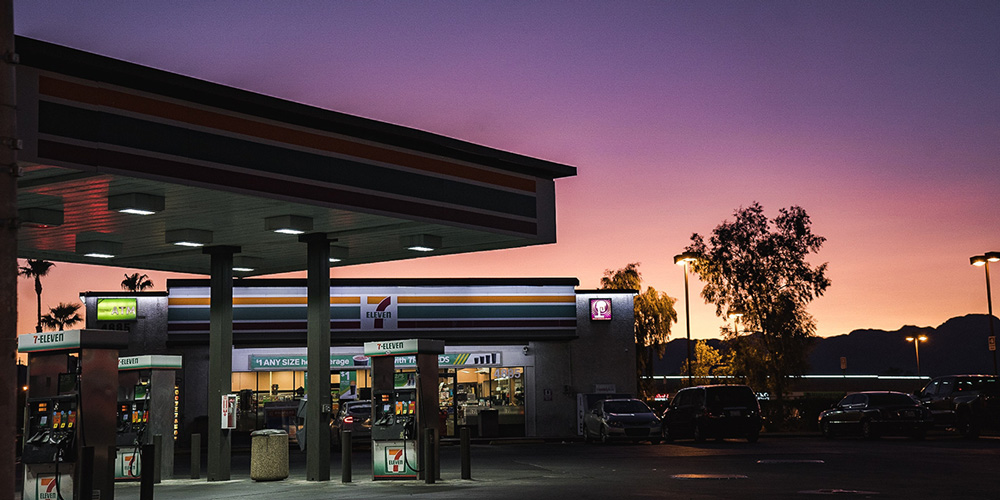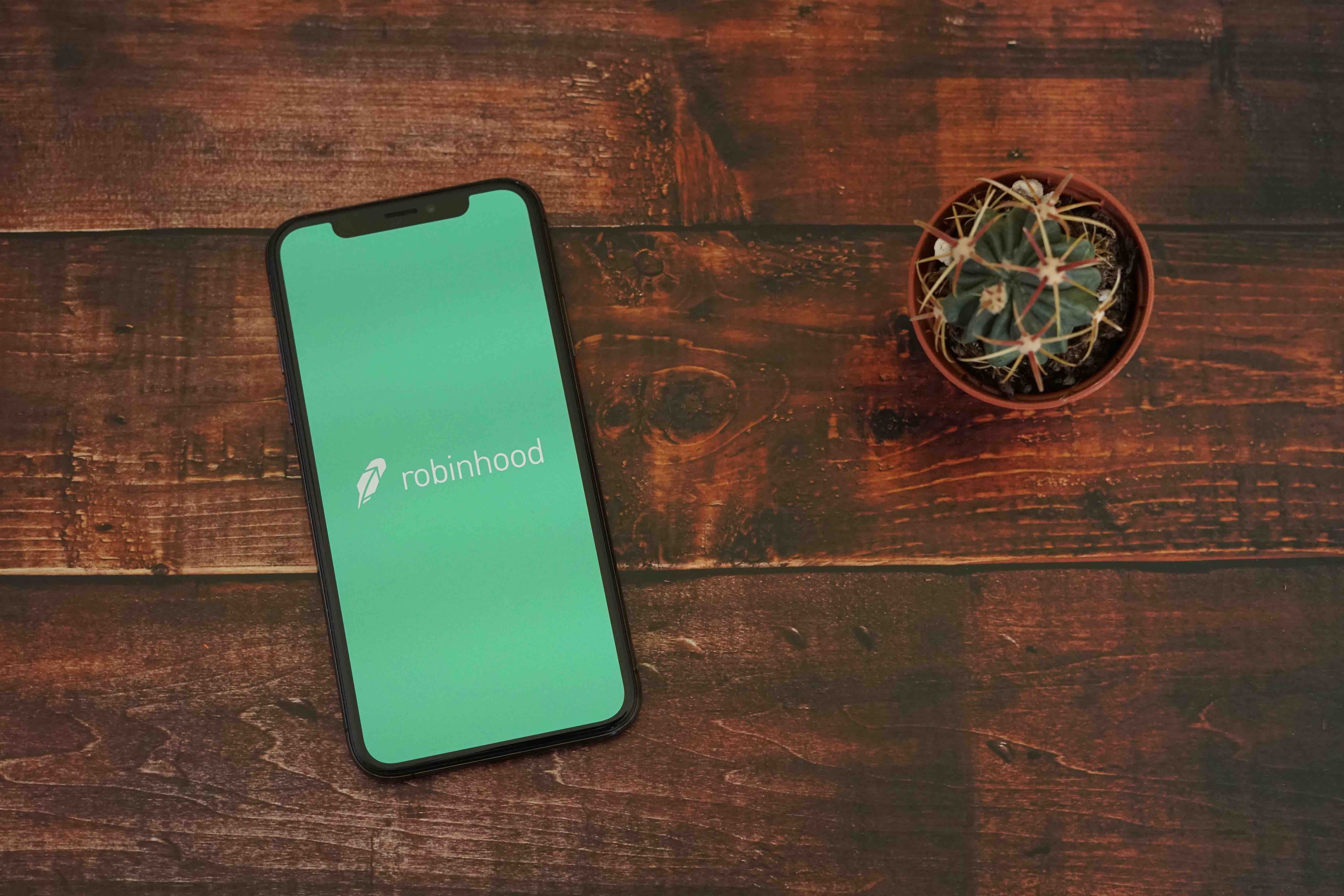The U.K. based online food delivery company is going public at the end of the month. The Deliveroo IPO is expected to be the biggest Initial Public Offering (IPO) on the London Stock Exchange (LSE) in almost a decade. Backed by Amazon, and seeking a valuation of £8.8 billion ($12 billion), this IPO is something to get excited about. According to CNBC, Deliveroo says it will use the proceeds of the IPO to continue to invest in innovation and push deeper in on demand grocery deliveries.
If you’re happy 2020 is behind us, you’re not alone. The year the coronavirus pandemic started, was a year most people couldn’t wait to end. However it wasn’t all bad, with many initial public offerings (IPOs) coming to market including DoorDash (DASH), Airbnb (ABNB), Asana (ASAN), Snowflake (SNOW) and Palantir (PLTR). So what do we have to look forward to in 2021? IPOs, IPOs, and more IPOs.
Robinhood has been making headlines in recent weeks after a group of Reddit-inspired retail investors used the commission-free investing platform in an attempt to take down some of Wall Street’s top hedge funds, by investing in Gamestop (GME) and raising its share price. The news resulted in a further $2.4B investment for the company, taking total funding to date to $5.6B. No company could have planned this, but it definitely bodes well for the securities and exchange commission (SEC) regulated FinTech company ahead of its potential initial public offering (IPO) expected later this year. So, will Robinhood still go ahead with its planned IPO? It appears so.
The Coinbase initial public offering (IPO) is making headlines. Only the Coinbase IPO isn’t actually an IPO. Following in the footsteps of Slack and Spotify, the cryptocurrency trading platform opted to go public via a direct listing. With a direct listing, no new shares are created and there are no intermediaries – investment banks, brokerages, or underwriters. Once public, Coinbase shares will be available for trading on NASDAQ with the ticker CBASE. With a valuation expected to exceed $100 billion, there is a lot of hype around this company’s stock market debut.
Kuaishou’s meteoric rise to the top culminated during its February 5, 2021 Hong Kong debut that raised $5.4 billion from its initial public offering, raising its shares nearly 200%. The blockbuster deal placed Kuaishou at the top as the world’s biggest internet IPO since Uber Technologies Inc.’s $8.1 billion share sale in the US in May 2019.
Zoom Video Communications (ZM) is on the cusp of its fourth quarter earnings report for fiscal 2021 on March 1. Heading into the print, the key question for investors is: Will Zoom survive, or even thrive, in a post-pandemic world? Unsurprisingly, ZM shares have remained range-bound since the first vaccine was announced. Indeed on a three-month basis the stock is now trading down 5%.
WW International (formerly Weight Watchers) reports its Q4 and full year earnings on Feb. 25 after markets close. Ahead of the print, WW shares are flat on a three-month basis. Last quarter, the global wellness company reported mixed results with a revenue miss. WW cited declines in workshop fees and overall product sales as a result of COVID-19 pressures. Investors are also anxious about up-and-coming players like weight-loss app Noom and food-tracking monitor Lifesum.
Expectations are high into the print after Etsy beat consensus revenue estimates over the past two quarters. Shares are now up over 300% (!) on a one-year basis. So will this hotshot eCommerce stock, beloved by Elon Musk, maintain momentum going forward?
Upon going public last week, America’s No. 2 dating app gained 63% on the day to close at an $8+ billion valuation. The company is trading on the Nasdaq stock exchange under the symbol “BMBL.” Bumble founder and CEO, Whitney Wolfe Herd, launched the app in 2014 with the intent of creating an online dating space that puts women in control. Bumble has since expanded beyond dating to friendship with their Bumble BFF service and professional networking with Bumble Bizz.
Unsurprisingly, Shopify (SHOP) is a clear COVID success story. The company has been on a tear since the pandemic, which sent demand for eCommerce solutions through the roof. Indeed, total revenue in Q3 was $767M, a 96% increase from the same quarter in 2019. Shares in SHOP are now up 172% on a one-year basis. But can the company, which enables anyone to set up and maintain an online store, sustain such dramatic growth?
Walmart (WMT) is heading into the fourth quarter on the back of a blowout Q3 and Q2 FY21 earnings report. And the star of the show is: eCommerce. The company’s U.S. eCommerce sales exploded 97% in Q2 and 79% in Q3, as customers continued to embrace online shopping during the pandemic. Q2 also received a boost from the first round of U.S. stimulus checks filtering down into increased spending on big-box retailers’ websites.
While GameStop (NYSE: GME) has been in the news due to the recent Reddit-fueled buzz, trading activity, and stock volatility, transaction data reveals that its sales have decreased over the last two years—exacerbated by COVID-19 as well as the increase in gaming publishers’ and console manufacturers’ direct-to-consumer offerings. Over the last 12 months, GameStop’s average weekly year-over-year sales growth stood at -23 percent.
It is no surprise that consumers have quickly adopted app banking over the last 10 years, which is available 24 hours a day with no waits. However, the retail banking app is just one facet of a wider revolution in mobile finance. Investing, payments, loans – all are being upended by agile new digital replacements. In 2020 – powered by COVID-19 stay-at-home orders – consumers embraced these new alternatives in record numbers.
When they said all press is good press, they can use the recent Robinhood scandal as a case study. Looking at the digital traffic alone over the last 7 days, it’s clear that Robinhood is on fire. The online brokerage – and potential unicorn IPO – is at the epicenter of the surreal GameStop (GME) trading saga. It sparked outrage after banning, and then restricting, trades in so called meme stocks like GameStop, Nokia (NOK) and BlackBerry (BB).
To be clear, the stock price surges for GameStop and AMC had little, if not nothing, to do with their offline traffic, online traffic, or any other normal metric. However, they do provide a good opportunity to take a deeper look at two brands in flux.
Shares of GameStop ($GME) skyrocketed this week, spurred by a coordinated effort by investors on Reddit. The hugely popular subreddit r/WallStreetBets (WSB) has over 2 million members, composed largely of Millennial and GenZ men. Its recent focus on the old school video game retailer has blown up into an epic battle between individual investors and traditional hedge funds–and one recent calculation shows these hedge funds down a collective $25 billion short-selling $GME.
2020 was a year of consolidation and convergence among top players in the on-demand delivery service market, and 2021 begins with even further expansion of these brands into new markets. Alongside increased consumer adoption of online grocery and food delivery sales we previously reported, the convenience store market is also poised for disruption amid Amazon’s plans to launch 3,000 cashierless Go Stores, grocers Whole Foods and Kroger testing convenience-style store formats, and popular convenience chains like Sheetz stating intentions to compete with both grocery stores and quick service restaurants.
What an interesting discussion wallstreetbets and GameStop have provided for us. I can’t imagine too many people reading this article are unaware of the situation with the wallstreetbets Reddit thread and GameStop's stock price, but if you are, this is a wonderful explainer.
GameStop Corp (NYSE: GME) has been the focus of the investment community for the last couple days and for a justifiable reason. A lot has been written about the technicals of the trade and the various market participants, how they affect the supply and demand and drive the stock price. But we have decided to spin it a different way and look at the fundamentals of the issuer.
Looking at visits to Starbucks overall in 2020 saw a tremendous start with visits up 12.3% on average in January and February year over year. And post-shutdown, the brand was recovering strongly before being hit hard by a resurgence of COVID cases during an especially critical time. In 2019, Black Friday and Thursday, December 26th marked the two highest-visit days by far for the brand nationwide, and November and December were the two strongest months for visits overall.












































